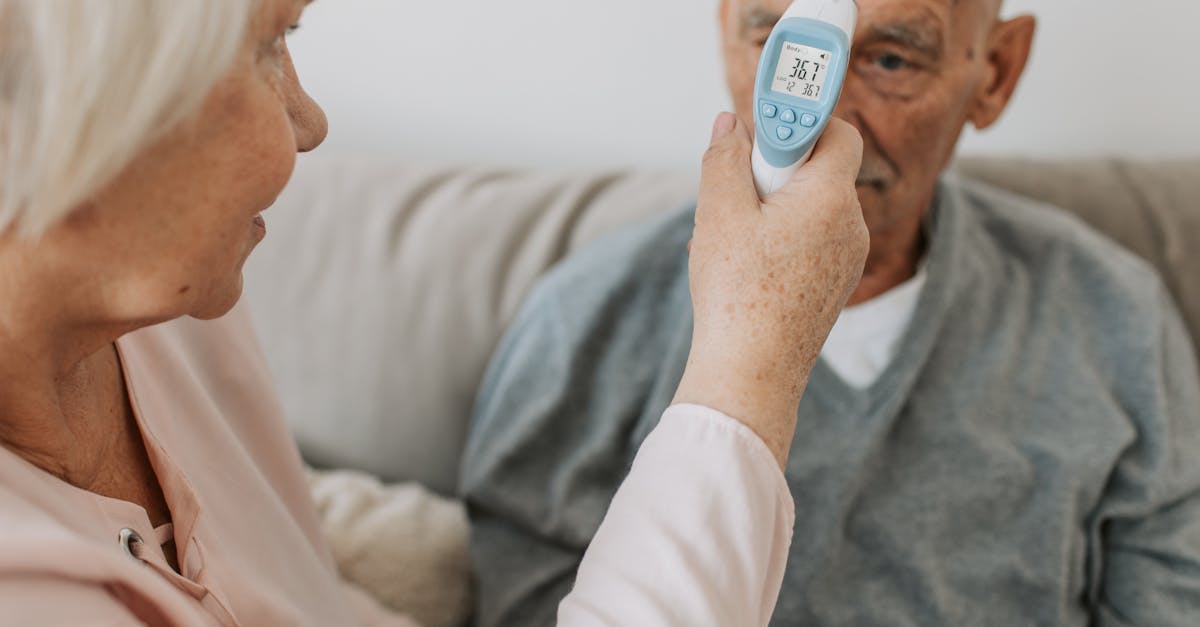Table of Contents
ToggleWhen it comes to serving up a delicious meal, temperature matters more than just a hot plate. Imagine biting into what looks like a sizzling steak, only to discover it’s colder than your ex’s heart. That’s where the plate temperature check swoops in like a culinary superhero. It ensures that every dish not only looks good but feels good too—at least in terms of warmth.
Overview of Plate Temperature Check
Plate temperature checks play a vital role in food service. Ensuring that dishes maintain the appropriate temperature affects customers’ overall dining experience. A plate that feels hot to the touch may not reflect the actual temperature of the food. Serving food at temperatures below recommended levels can lead to dissatisfaction.
Temperature guidelines recommend serving hot food at a minimum of 140°F (60°C). Using an infrared thermometer provides a quick and accurate reading of plate temperatures. Another option is placing a food probe into the dish to verify its warmth. Chefs and food servers should focus on checking both the plate surface and the food itself.
Following proper procedures leads to improved meal quality. Regular training on temperature checks helps staff understand the significance of this practice. When employees grasp the importance of serving food at the correct temperature, they create a better customer experience. Developing a routine for temperature checks can establish consistency in food service.
Monitoring plate temperatures impacts food safety as well. Serving food at the appropriate temperature minimizes the risk of bacteria growth. Implementing temperature checks aids in maintaining food safety standards mandated by health regulations. Chefs must remain vigilant in checking temperatures during busy shifts.
Incorporating temperature checks into daily kitchen operations proves beneficial. Identifying issues early prevents complaints about cold or lukewarm food. Training staff thoroughly on these importance measures enhances service and improves customer satisfaction significantly. Successful plate temperature checks lead to repeat customers and positive reviews.
Importance of Plate Temperature Check
Ensuring food is served at the right temperature enhances the dining experience. A plate temperature check plays a significant role in achieving this goal.
Ensuring Food Safety
Food safety relies on proper temperature control. Bacteria thrive on food below 140°F (60°C), increasing the risk of foodborne illnesses. A plate temperature check confirms that both the plate surface and the food maintain safe temperatures. Regular use of thermometers helps staff quickly identify and correct temperature issues. Achieving compliance with health regulations becomes much simpler when proper checks are routine.
Enhancing Cooking Efficiency
Cooking efficiency improves significantly with a plate temperature check. When chefs ensure plates reach the desired temperature, they minimize food cooling time before serving. Serving food at optimal temperatures leads to less reheating, conserving energy and time. Keeping pace with high demand becomes easier when staff routinely checks temperatures. Attention to these details results in faster service and more satisfied customers.
Methods for Conducting Plate Temperature Check
Ensuring plates maintain proper temperatures enhances overall meal quality. Various methods exist for conducting plate temperature checks effectively.
Infrared Thermometers
Infrared thermometers offer a quick way to measure surface temperatures without direct contact. These devices work by detecting infrared radiation emitted from the plate. Many chefs prefer this method for its speed, allowing for rapid assessment during busy service periods. It’s crucial to aim the thermometer at the plate’s center for accurate readings. Temperatures should generally register above 140°F (60°C) for optimal food safety and customer satisfaction. Regular calibration ensures devices operate within the correct range, maintaining reliability.
Probe Thermometers
Probe thermometers provide an alternative for checking both plate and food temperatures. Inserting a probe into the thickest part of the dish guarantees immediate and precise readings. Chefs often rely on this method to ensure food meets safety standards while serving. It’s essential to clean and sanitize probes between uses to prevent cross-contamination. Aiming for temperatures above 140°F (60°C) helps mitigate bacteria growth and enhances the dining experience. The ease of use makes probe thermometers ideal for both kitchen staff and servers.
Best Practices for Accurate Plate Temperature Check
Accurate plate temperature checks are essential in food service, ensuring meals meet safety and quality standards. Implementing effective strategies enhances both the dining experience and food safety.
Calibration of Thermometers
Regular calibration of thermometers ensures accurate readings. It’s recommended to calibrate infrared thermometers frequently, ideally before each shift. Professional-grade devices usually come with calibration instructions; however, a simple ice water or boiling water test can also confirm accuracy. Ice water should register at 32°F (0°C) while boiling should measure around 212°F (100°C) at sea level. Verification ensures that staff relies on precise measurements, preventing the risk of serving inadequately heated food.
Thickness and Material Considerations
Thickness and material affect temperature retention and accuracy during checks. Ceramic and stoneware plates retain heat better than metal options, impacting the temperature of food served. When using probe thermometers, inserting the probe into the thickest part of the dish provides the most accurate readings. Understanding which materials retain heat effectively can aid in maintaining optimal serving temperatures. Servers can choose appropriate plates based on the intended dish, ensuring better overall quality for the dining experience.
Common Mistakes to Avoid
Overlooking the calibration of thermometers leads to inaccurate temperature readings. Regular checks, ideally before each shift, ensure devices read correctly. Skipping the calibration process can result in serving food below the safe minimum temperature of 140°F (60°C).
Using plates that retain heat poorly often causes faster cooling. Choosing materials such as ceramic or stoneware can significantly improve heat retention. Ignoring the material of the plate complicates maintaining optimal serving temperatures.
Not checking both the plate and food temperatures results in discrepancies. Checking the plate alone can mislead servers into thinking the meal is properly heated. Using a probe thermometer allows for accurate readings of the food’s core temperature.
Neglecting proper cleaning and sanitizing of probes increases the risk of cross-contamination. A clean probe ensures that no residual bacteria transfer from one dish to another. Failure to do so compromises food safety and customer health.
Relying solely on visual cues for temperature checks is another mistake. A dish may look hot but may not reach the safe temperature. Infrared thermometers provide a quick way to verify surface temperatures, enhancing accuracy in checks.
Delaying temperature checks before serving can lead to customer dissatisfaction. Quick checks allow staff to address any temperature issues immediately. Ensuring meals are served hot leads to positive dining experiences and repeat business.
Infrequent training sessions on temperature protocols cause staff to miss critical temperature safety practices. Regular training reinforces the importance of temperature checks, fostering a culture of quality and safety. Prioritizing these practices enhances the overall dining experience.
Ensuring food is served at the right temperature is crucial for both safety and satisfaction. Regular plate temperature checks can greatly enhance the dining experience by preventing cold dishes and minimizing health risks. By incorporating reliable thermometers and training staff on best practices, restaurants can maintain high standards of food quality.
Attention to detail in temperature control not only improves customer satisfaction but also boosts efficiency in the kitchen. With the right tools and knowledge, food service professionals can create memorable meals that keep diners coming back for more. Prioritizing plate temperature checks is a simple yet effective way to elevate any dining establishment.








